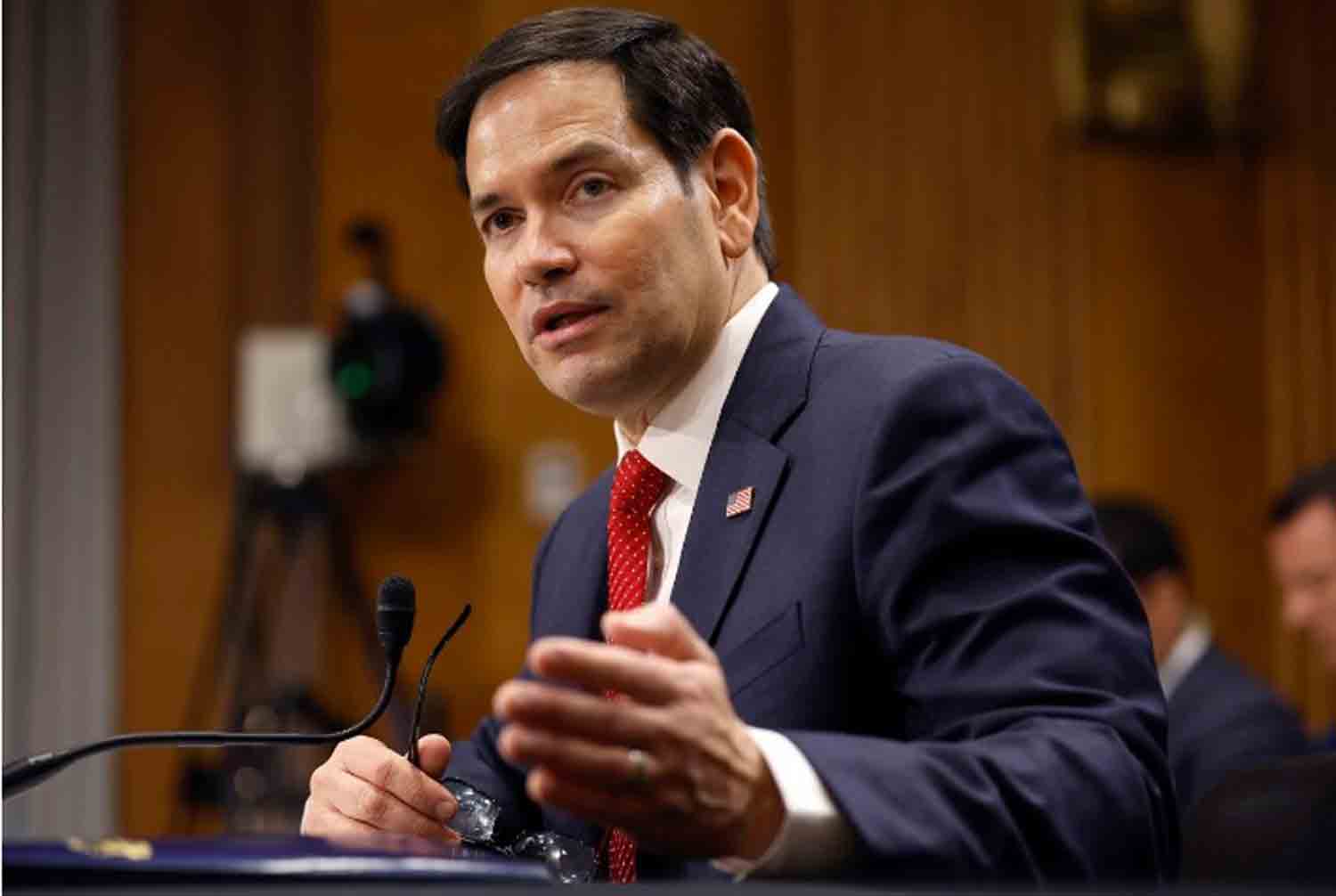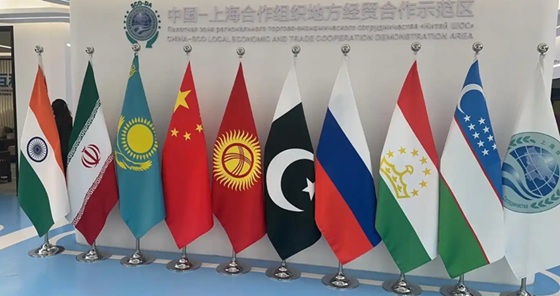The Context of U.S.-Pakistan Relations
U.S.-Pakistan relations have historically been shaped by strategic interests, from Cold War alliances to counterterrorism cooperation post-9/11. However, the relationship has faced strains in recent years due to differing priorities. The U.S. has expressed concerns over Pakistan’s growing economic dependence on China, particularly through CPEC, viewing it as part of Beijing’s broader strategy to expand influence in South Asia. In 2019, then-U.S. Ambassador Alice Wells criticized CPEC, arguing its terms favor Chinese companies and contribute to Pakistan’s debt burden, a claim both China and Pakistan have rejected.
Pakistan’s external debt to China has grown significantly, from $4.1 billion in 2013 to $11.8 billion by 2020, representing a substantial portion of its $72.7 billion total external debt. This financial entanglement, coupled with Pakistan’s economic fragility—evidenced by 29.4% inflation and a 37.2% poverty rate in 2023—has raised U.S. concerns about Pakistan’s long-term economic stability and its potential strategic alignment with China.
Strategic Implications of CPEC’s Expansion
The renewed push for CPEC projects, including high-profile infrastructure like Gwadar Port, is strategically significant. Gwadar, intended to connect China’s BRI with its Maritime Silk Road, offers Beijing a shorter, more secure trade route to the Middle East and Africa, bypassing the Malacca Strait. This enhances China’s regional influence, a concern for the U.S., which sees CPEC as a tool for China to project power in the Indo-Pacific.
For Pakistan, CPEC promises economic benefits like job creation and infrastructure development, as emphasized by Pakistan’s Planning Minister Ahsan Iqbal. However, challenges persist: stalled projects due to political mismanagement, security risks from Baloch insurgent attacks on Chinese workers, and a debt burden that limits Pakistan’s ability to finance new initiatives. These issues have fueled U.S. skepticism about CPEC’s sustainability and Pakistan’s capacity to balance its ties with both powers.
The U.S. has advocated for alternative connectivity strategies, such as a proposed U.S.-Pakistan renewable energy corridor or investments in digital infrastructure like 5G, to counter China’s influence. These initiatives align with the U.S.’s Partnership for Global Infrastructure and Investment (PGII), aiming to offer sustainable alternatives to CPEC’s traditional infrastructure focus.
A Delicate Balancing Act
The expansion of CPEC places Pakistan in a precarious position. While it seeks Chinese investment to address economic woes, it must also maintain workable relations with the U.S., a key partner for security and potential economic aid. The U.S. views CPEC as a strategic challenge, fearing it deepens Pakistan’s dependence on China, potentially undermining U.S. influence in South Asia.
Recent U.S.-Pakistan engagements, like the counterterrorism statement, suggest Washington is willing to cooperate on shared interests. However, Pakistan’s growing debt to China and the strategic importance of CPEC projects like Gwadar Port complicate this relationship. The U.S. may need to adopt a more nuanced approach, offering targeted economic support to reduce Pakistan’s reliance on China while addressing shared security concerns.
Conclusion
The China-Pakistan agreement to advance CPEC projects underscores their deepening strategic partnership, but it also highlights tensions in U.S.-Pakistan relations. As Pakistan navigates its economic crisis and security challenges, the U.S. must carefully calibrate its strategy—balancing criticism of CPEC with incentives to maintain influence in a region increasingly shaped by China’s ambitions. The outcome of this geopolitical tug-of-war will shape South Asia’s future, with Pakistan at its epicenter.





